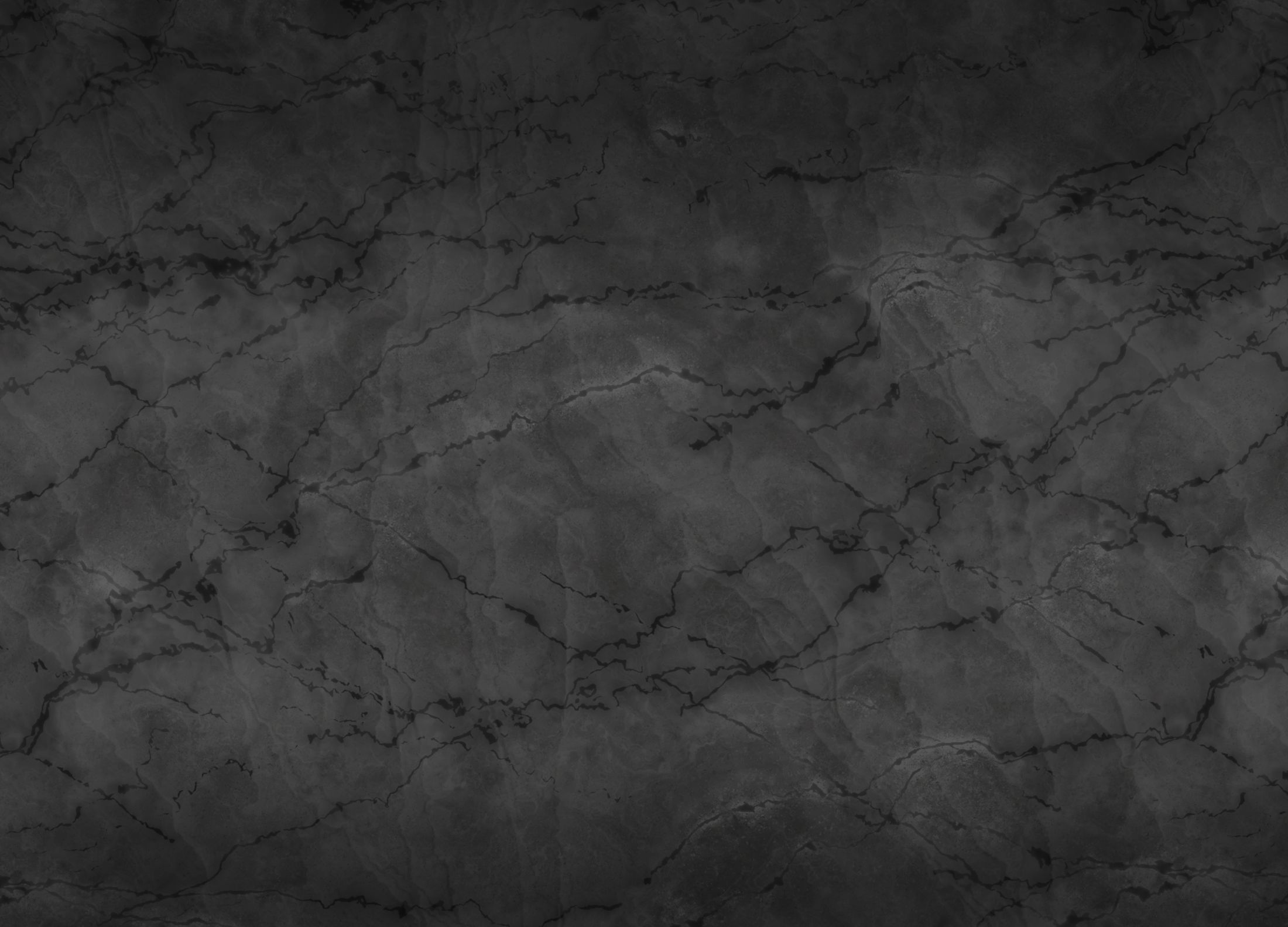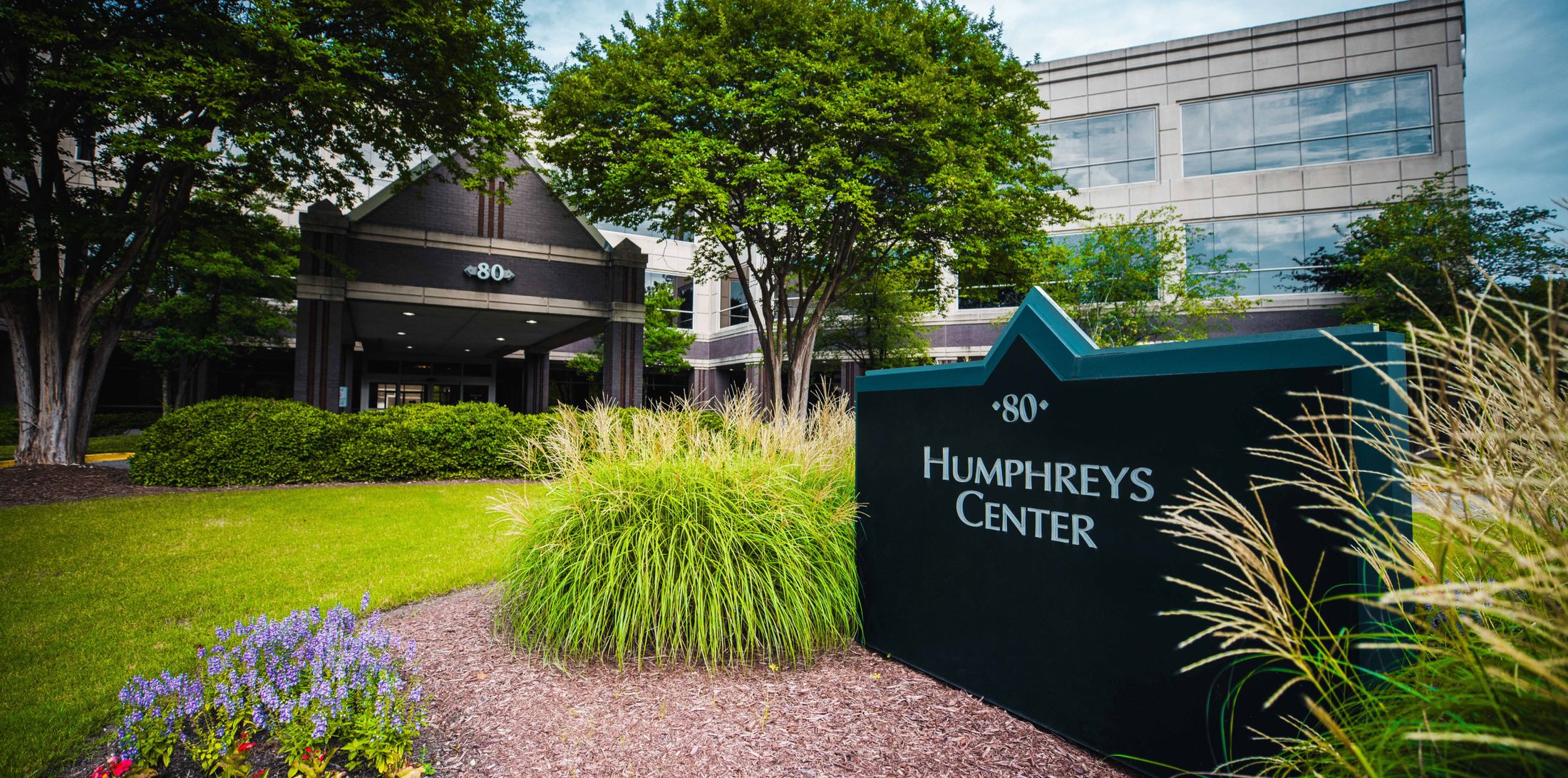

Scar Massage
Most plastic surgery procedures involve incisions of some kind, resulting in scars with varying degrees of visibility. This scarring is a common concern among plastic surgery patients, but most incisions heal well, and experienced plastic surgeons know where to place them in order to make scars less noticeable. While there will always be some genetic component to the healing process, some therapies have been shown to successfully minimize scarring after plastic surgery. This includes scar massage, something we encourage here at Plastic Surgery Group of Memphis. Our goal is to provide patients with the highest quality care, which includes not only beautiful results, but ensuring each patient understands what they can expect from their chosen procedure from start to finish.
Managing your plastic surgery scar
Scars are a natural result of the healing process. The location of the wound, how long it takes to heal, and the patient’s age and skin type will all play a role in how the scar forms. Wound healing is generally characterized by three sequential and overlapping phases.
Inflammation
During this first phase, the body will attempt to heal the skin wound by initiating a process of inflammation. The scar will likely be swollen, tender, and red throughout this phase, which can last up to two weeks.
Proliferation
In the second phase of healing, the body begins the skin repair process by depositing scar tissue within the wound. This will cause the immature scar to become raised and hardened as large amounts of collagen are laid down within it. The proliferation phase is about six weeks, and is characterized by the three R’s: red, raised and rigid.
Remodeling
When the body enters the third phase, the scar will become more mature as some of the collagen disappears. The remodeling phase can last 12-18 months, and during this time, the scar will normally soften and flatten.
How to lessen the appearance of your plastic surgery scar
Scar maturation is an ongoing process. After your plastic surgery procedure, you can expect new scars to continue growing and changing for up to eighteen months. While this is normal, you may be concerned about the appearance of your scar, both through the healing process and permanently. Scar massage can be an effective way to decrease the buildup of scar tissue, making scars less noticeable. It should be noted that this method is only effective for newer scarring. It won’t help soften scars that are more than two years old.
What is scar massage?
Scar massage is a popular method for softening and flattening scars. It has several important functions, including:
- promotion of collagen remodeling by applying pressure to scars
- a decrease in itching
- providing moisture and flexibility to the scar
How to successfully massage your scar
After your sutures have been removed and any scabs have fallen off by themselves, you can begin gently massaging your scar. This will generally occur around two weeks post-procedure. Use the soft tips of your fingers to massage the scar itself, as well as the tissue surrounding it. Try to follow the following patterns each time.
Circular
Use two fingers to make small circles over the length of the scar and the skin around it.
Vertical
Use two fingers to massage the scar in an up-and-down motion.
Horizontal
Use two fingers to massage the scar from side-to-side.
When massaging your scar, apply only as much pressure as you can tolerate. Begin with light pressure, gradually progressing to a deeper and firmer pressure.
When massaging, try to apply enough pressure that the scar area lightens in color or turns white. This should be done two to three times daily for about ten minutes each time.
While your scar is healing, you should avoid sun exposure in that area as much as possible. Sun exposure can cause hyperpigmentation, turning your scar darker than the surrounding skin. Use a sunblock with a minimum SPF of 35 and invest in a few pieces of protective clothing. Aim to keep your scar away from direct sun for at least one year following your plastic surgery procedure.
For the best results, you should massage your scars as instructed for at least six months following your plastic surgery. You may continue scar massage beyond that point if you like; it will not hurt your scar and may be beneficial.
When to call your plastic surgeon
If you experience any of the following, stop massaging your scar and contact our office.
- Any redness on or around the scar
- Any bleeding from the scar
- Your scar feels warmer than the skin surrounding it
- You are experiencing more pain than usual at the site of the scar
Caring for your scar with Plastic Surgery Group of Memphis
Here at the Plastic Surgery Group of Memphis, our goal is to give you the results you desire with minimal scarring. You can help your own recovery by always following your surgeon’s pre- and post-surgical advice, and by being aware of where you are in the healing process. If you experience any difficulties, get in touch with our office and we will do all we can to set your mind at ease. It’s important to us that you are pleased with your procedure, progress, and overall plastic surgery experience.



